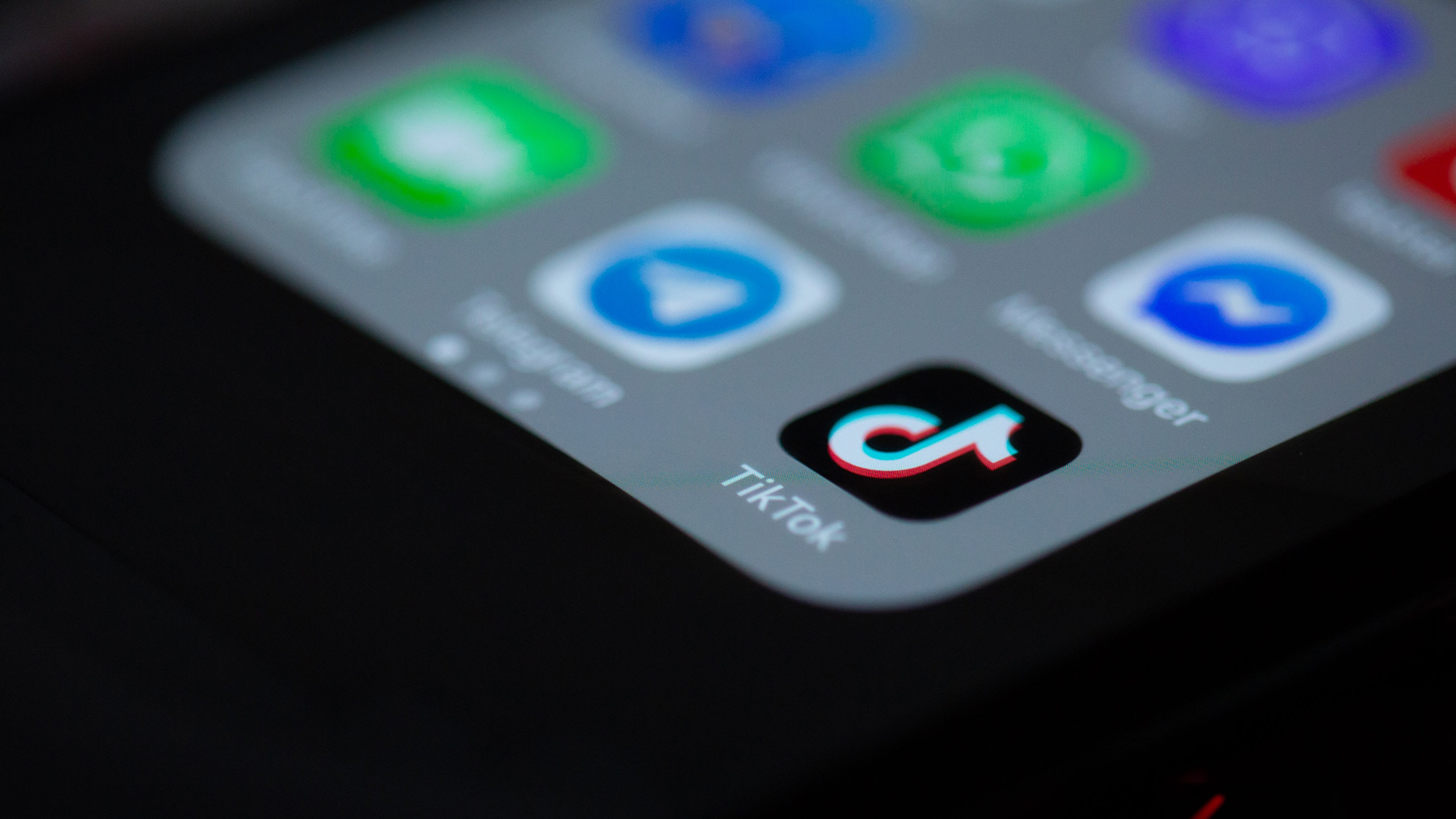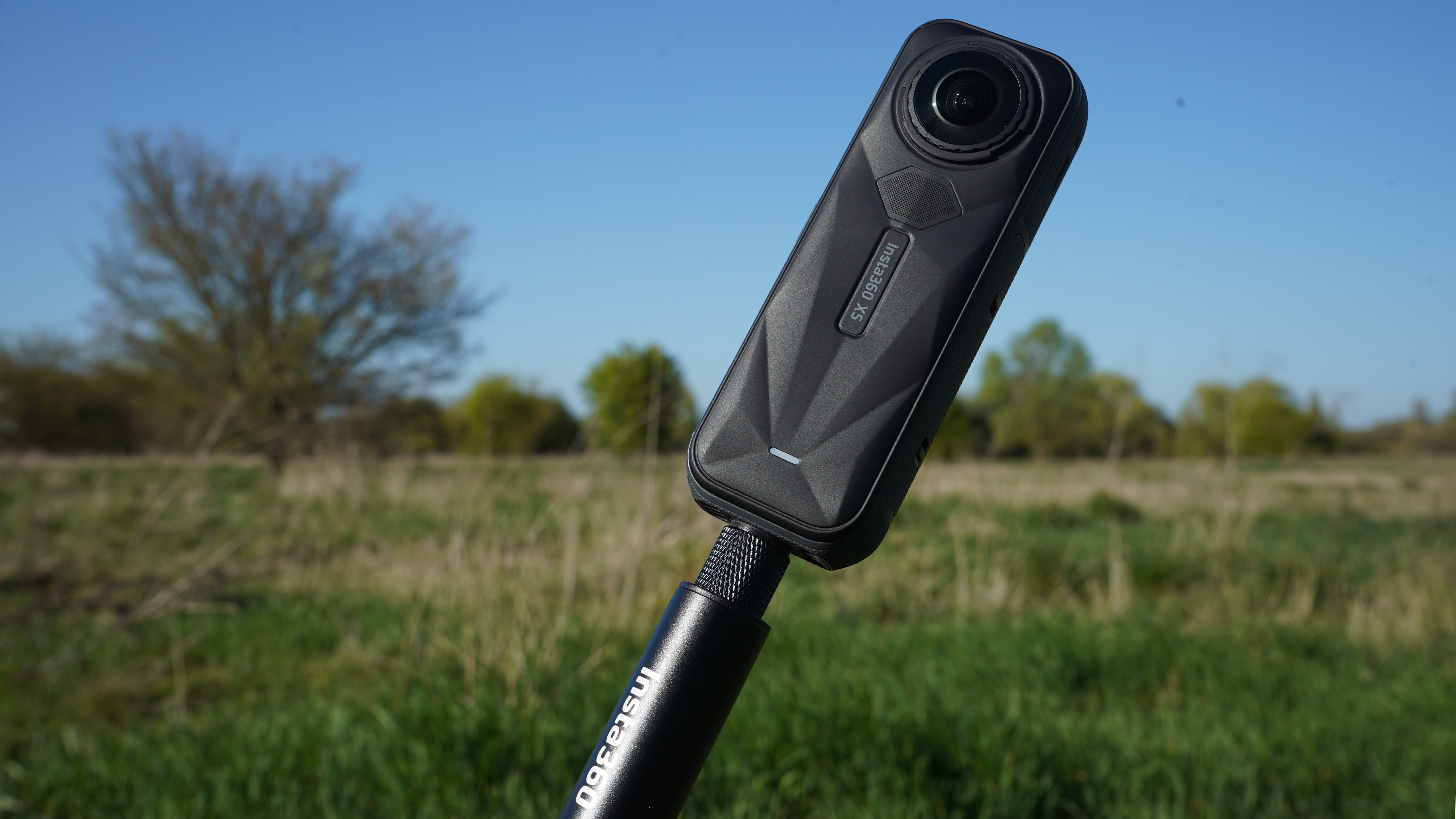Will TikTok go dark on January 19? Creators ask Supreme Court to save “most vibrant speech forum in America”
The Supreme Court will continue to debate the future of the social media app TikTok in the US next week

The US Supreme Court heard the first arguments in what could be a pivotal case in the social media age on January 10, as TikTok pressed to avoid a pending ban in the country.
The judges considered whether an act passed by Congress last year, requiring TikTok to part with its China-based ownership, violates First Amendment rights. While the hearing, which lasted more than two and a half hours, has not yet resulted in a decision, the attorney representing TikTok expressed concern that the app won’t only be banned from new downloads after the January 19 deadline, but could go dark in the US if internet providers are also banned from allowing the platform.
“At least as I understand it, we go dark,” Noel Fransisco, an attorney representing TikTok, said. “The platform shuts down, unless there’s a divestiture.” Fransisco explained that the app stores would stop offering TikTok and any updates, but that service providers could also be prohibited from allowing the platform on their networks. The attorney then asked the court, with the presidential inauguration taking place one day after the scheduled ban, to issue a preliminary injunction to delay the ban as the court argues the case.
Previous analysis of the act suggested that the app would disappear from app stores but not from devices; leaving TikTok intact until a lack of updates made the app too glitchy to support. Fransisco’s statement suggests that network providers could also potentially be banned from allowing users in the US from accessing TikTok after January 19.
Jeffery Fisher, a Stanford law professor and attorney representing the eight TikTok creators in the case, said that the act directly restricts American’s access to the “most vibrant speech forum in America.” Fisher said that American creators have always had the freedom to choose a publisher of their choice, and that preventing American access to TikTok would be akin to preventing a US documentary producer from working with BBC.
The act and the Supreme Court arguments have two key concerns: content manipulation and data protection. The first concern the act addresses is content manipulation, or the potential for a foreign government agency to influence what is posted on the social media platform and what is shared with the American public. US general solicitor Elizabeth Prelogar called TikTok a “tool for harassment, recruitment and espionage.”
The second concern that the act addresses is data security, or the potential for a foreign government to use the platform to gather information on American citizens. Prelogar said that the People’s Republic of China has sought to build data profiles on Americans for years, saying “the Chinese government could weaponize TikTok at any time.”
Get the Digital Camera World Newsletter
The best camera deals, reviews, product advice, and unmissable photography news, direct to your inbox!
The Supreme Court heard arguments from both TikTok and a group of eight creators, claiming that the law violates free speech. Noel Fransisco, an attorney representing TikTok, argued that the new law targets speech and thus violates the First Amendment.
Selling the company prior to January 19, Fisher said, isn’t possible because it wouldn’t be able to keep its algorithm – which has pieces of intellectual property – nor its team of engineers. Building a new algorithm, Fisher claimed, would take years and result in a radically different TikTok.
Fransisco, who said that all that user data sits on servers in Virginia, argued that Congress never considered obvious alternatives, such as a law preventing TikTok from sharing user data with any other third party.
The court is expected to meet again on the topic on Monday, January 13.
You may also like
Read more on the potential TikTok ban, rewatch the Supreme Court argument or find an alternative in our list of the best social media networks for photographers.

With more than a decade of experience reviewing and writing about cameras and technology, Hillary K. Grigonis leads the US coverage for Digital Camera World. Her work has appeared in Business Insider, Digital Trends, Pocket-lint, Rangefinder, The Phoblographer and more.
